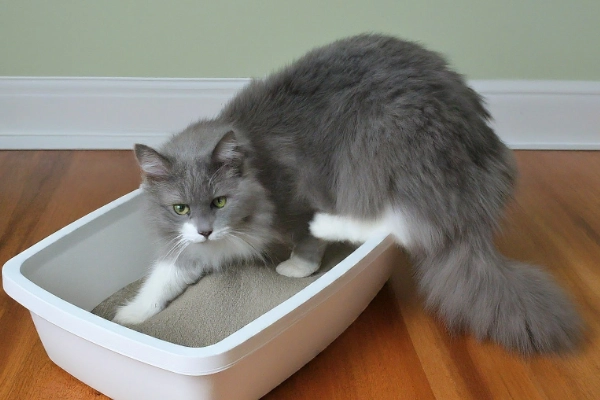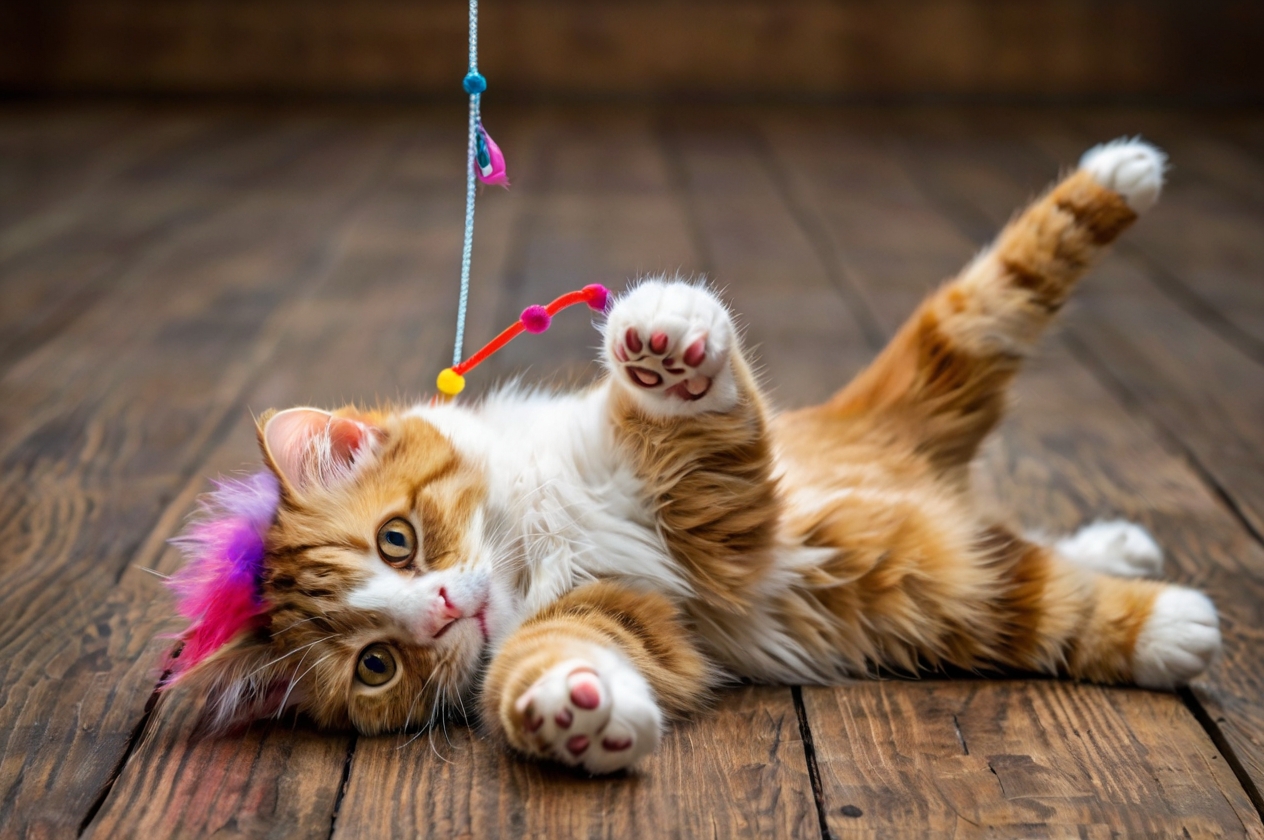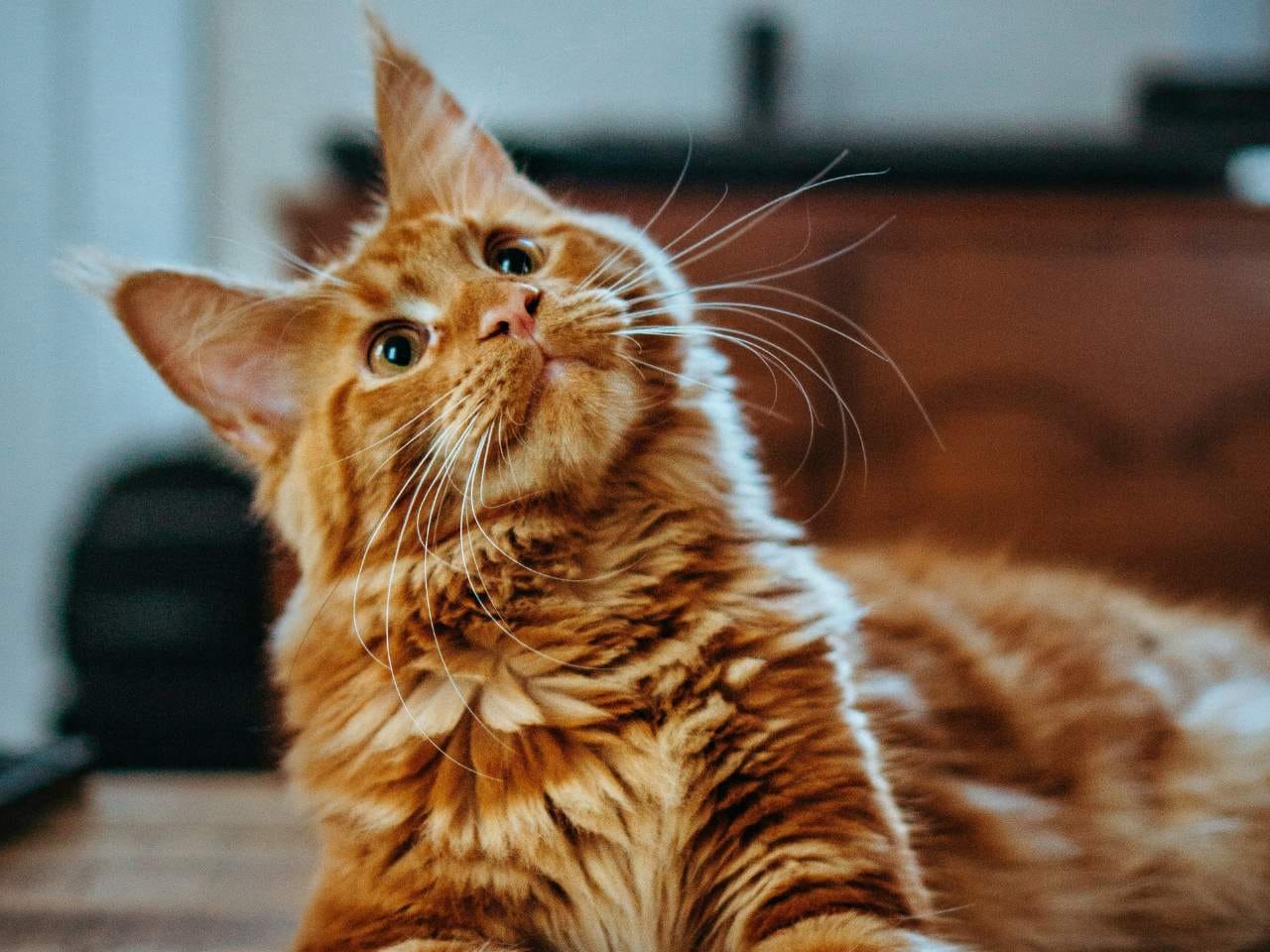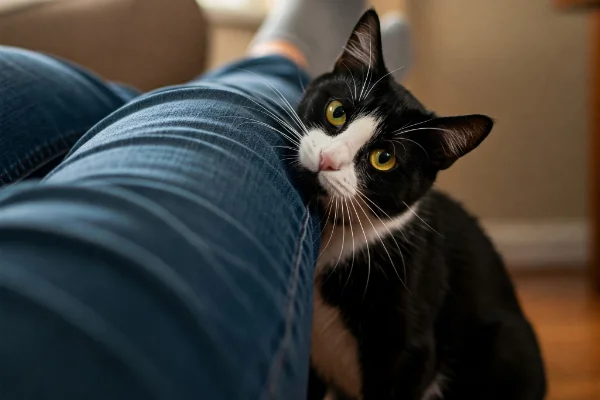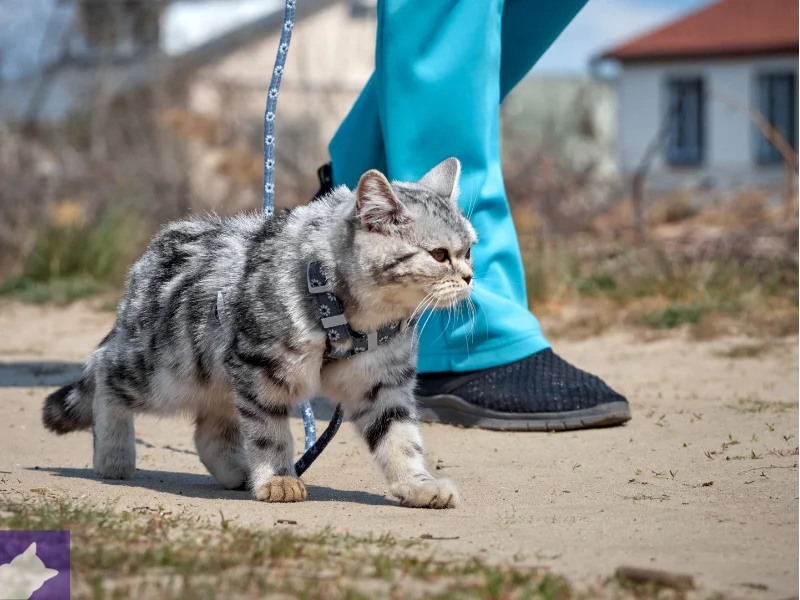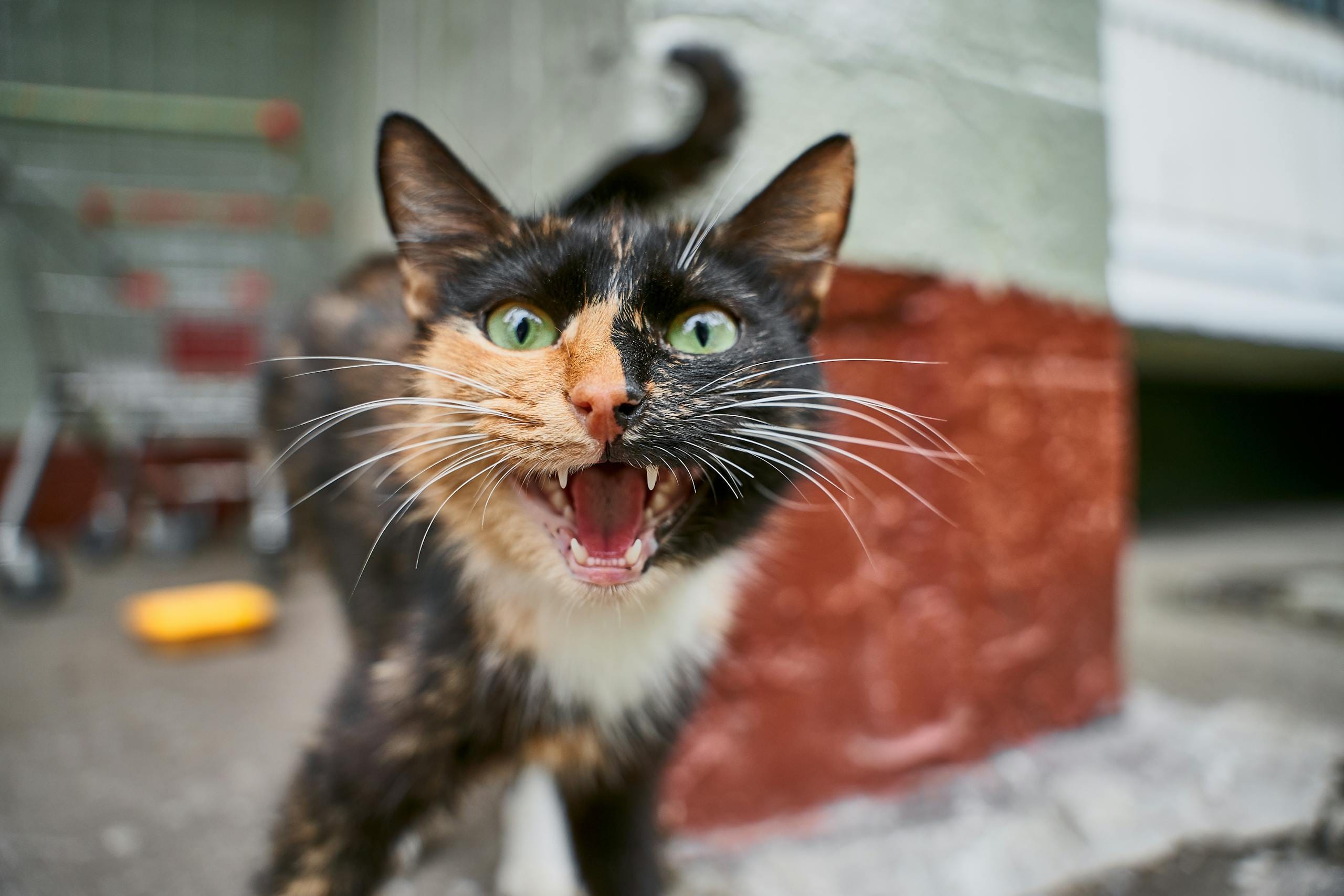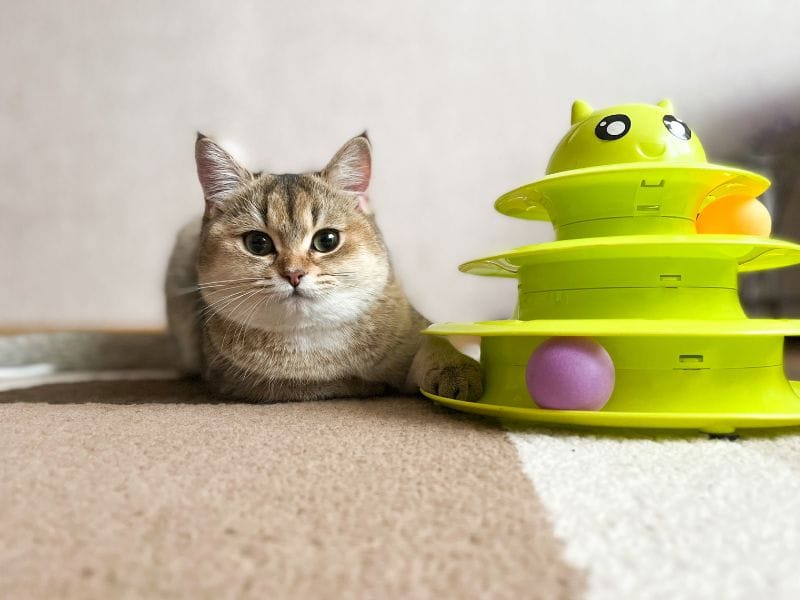Training your cat to use a litter box is essential for ensuring that your cat has an appropriate place to relieve itself, promoting hygiene and comfort in your home. A well-trained cat contributes to a stress-free living environment for both the feline and its owner, making the bond between them stronger.
This guide offers simple, actionable steps suitable for any cat—be it a playful kitten, a seasoned older cat, or even a stray or feral feline. No matter their age or background, these effective techniques can help you encourage your cat to embrace litter box use with ease.
Choose the Right Litter Box
Size Matters
When choosing a litter box, remember that size matters. A box that’s too small can be uncomfortable for your cat, leading to accidents outside of it. Ensure the litter box is large enough for your cat to turn around, dig, and move comfortably. A good rule of thumb is to provide a box that’s at least 1.5 times the length of your cat.
Type of Litter Box
Next, consider the type of litter box that suits your cat’s needs. Open boxes are great for easy access and visibility, while closed boxes provide privacy and odor control. Self-cleaning options can save you time and effort, but some cats may find them intimidating or noisy. Observe your cat’s preferences and adjust accordingly.
Litter Box Location
Finally, place the litter box in a quiet, private area where your cat feels safe and comfortable. Avoid high-traffic zones or areas near their food and water bowls. A location with easy access, such as a bathroom or laundry room, is ideal. This will encourage your cat to use the litter box regularly and reduce accidents elsewhere in the house.
Select the Right Type of Litter
Clumping vs Non-Clumping
Training your cat to use a litter box can be a daunting task, but with the right steps, it can be a breeze. One crucial aspect to consider is the type of litter you use. Clumping litter is highly recommended as it makes cleaning up after your cat’s messes a whole lot easier. The clumps form around the waste, making it simple to scoop out and dispose of, leaving the rest of the litter clean and untouched.
Unscented Litter
Another important factor is the scent of the litter. Most cats are extremely sensitive to smells, and scented litter can be overwhelming for them. Unscented litter is the way to go, as it provides a comfortable and non-irritating environment for your cat to do its business.
The Right Amount of Litter
Finally, filling the litter box to the right depth is essential. Aim for a depth of about 1-2 inches (2.5-5 cm) to allow your cat to easily dig and cover its waste. Too little litter can lead to accidents outside of the box, while too much can cause your cat to avoid using it altogether. By following these simple steps, you’ll be well on your way to raising a well-trained and happy feline friend!
Maintain a Clean Litter Box
Daily Scooping
To encourage consistent use, it’s essential to maintain a clean litter box. Daily scooping is crucial, removing solid waste and clumps to prevent odors and messes. This habit will help your cat associate the litter box with cleanliness and hygiene.
Weekly Cleaning
Weekly cleaning is also vital. Replace all litter and thoroughly clean the box with mild detergent and warm water. Rinse well to remove any residue or bacteria. This routine will keep your cat healthy and happy.
Multiple Cats, Multiple Box
For households with multiple cats, remember the rule of thumb: one more litter box than the number of cats. This ensures each cat has their own space and reduces competition, stress, and accidents. By following these simple steps, you’ll be well on your way to training your cat to use a litter box successfully!
Training Your Cat to Use the Litter Box

Teaching Your Kitten to Use the Litter Box
For kittens, start by placing them in the litter box after meals or playtime. Encourage them to dig and scratch by sprinkling treats or toys inside. As they get comfortable, gradually increase the distance between the kitten and the litter box. Praise and reward successful uses with treats and affection.
Re-Training Adult Cats
For adult cats, transition to a new litter box by placing it next to the old one. Gradually move the old litter box away, allowing your cat to adjust to the new location. If re-training due to accidents, clean the area thoroughly with a neutral-smelling cleaner to remove any lingering scents that may deter your cat from using the litter box.
Positive Reinforcement
Reward your cat’s successful litter box uses with treats, praise, or playtime with favorite toys. This positive reinforcement will help create a strong association between using the litter box and pleasant experiences. Be consistent and patient, as developing good litter box habits takes time and effort.
Troubleshooting Common Problems
Litter Box Avoidance
Cats may avoid their boxes due to cleanliness issues, stress from a noisy environment, or underlying health problems like urinary tract infections. Regularly cleaning the box and observing your cat’s behavior for any signs of distress is crucial to ensuring their comfort.
Changing Locations
When it comes to changing the litter box’s location, do so gradually to prevent confusion. Move the box a few inches daily to the desired spot, allowing your cat to adjust to the new position. Maintaining a consistent environment is key, so avoid sudden changes and place the litter box in a quiet, accessible area.
Dealing with Accidents
If accidents happen, it’s important to stay calm and avoid punishment. Clean the area thoroughly to remove any lingering odors that may attract your cat again. Use the mishap as an opportunity to retrain; reinforce positive behavior with rewards when your cat uses the box correctly.
Tips for Ongoing Success
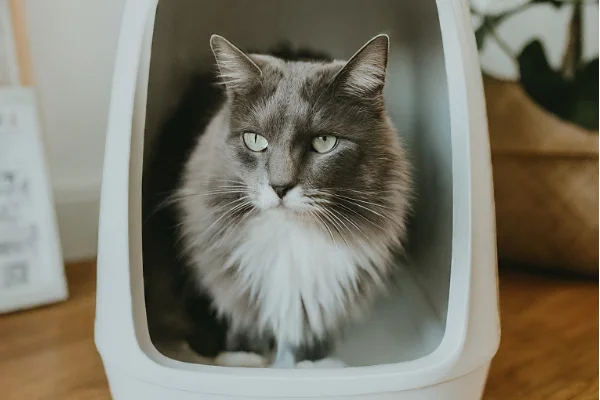
Keep the Litter Box In a Consistent Location
Training your cat to use a litter box can be straightforward with a few simple tips. First, place the litter box in a consistent location, ideally in a quiet, low-traffic area. This helps your cat feel comfortable and establish a routine.
Stick to a Litter Type Your Cat Likes
Next, stick to a litter type that your cat prefers. Cats can be quite particular about texture and scent, so experimenting to find their favorite may prevent any litter box aversion in the future.
Watch Your Cat Behavior Changes
Lastly, keep a close eye on your cat’s behavior. Any sudden changes, such as avoiding the litter box or straining to urinate, can indicate health issues that require immediate veterinary attention. Regular monitoring ensures ongoing success and well-being.
In conclusion, training your cat to use a litter box involves selecting the right box and litter, maintaining cleanliness, and employing positive reinforcement. With patience and consistency, most cats adapt quickly. Stay observant for signs of health issues or stress if challenges arise, ensuring a happy, well-adjusted feline friend.

